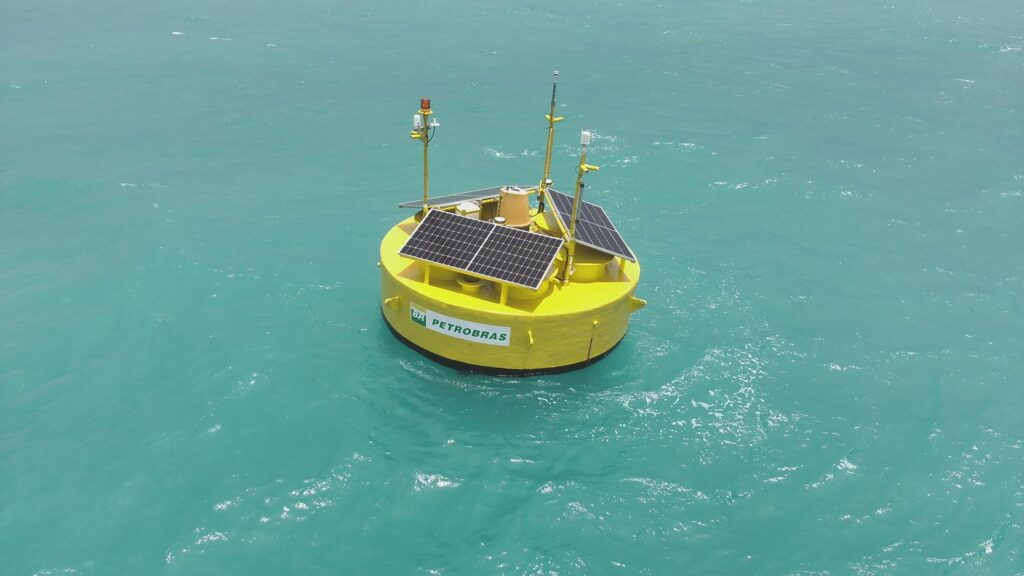
“This project phase is necessary to validate the technology and prompt Brazil’s biggest offshore wind mapping campaign, which is vital to assess the technical feasibility of future offshore wind energy facilities”, said Maurício Tolmasquim, Petrobras’s Energy Transition and Sustainability Director.
The Bravo buoy was designed for the Brazilian sea conditions and is the result of a project by Petrobras’ Research, Development and Innovation Center (Cenpes) in partnership with the SENAI Institute for Innovation in Renewable Energy (ISI-ER) and the SENAI Institute for Innovation in Embedded Systems (ISI-SE).
Petrobras invested BRL 11.3 million (approx. EUR 1.8 million) in the first version of the LiDAR buoy through the Research and Technological Development Program for the Electric Power Sector regulated by the National Electric Power Agency (ANEEL). Phase two of measurements will receive funds allotted to the RD&I of the National Oil, Natural Gas, and Biofuel Agency (ANP).
Petrobras has filed requests with the Institute for the Environment and Natural Resources (IBAMA) for the start of the licensing process for multiple projects in ten areas with a total potential capacity of 23 GW.
Seven areas are in the northeast (three in Rio Grande do Norte, three in Ceará and one in Maranhão); two in the southeast (one in Rio de Janeiro and one in Espírito Santo); and one in the south of the country in Rio Grande do Sul.